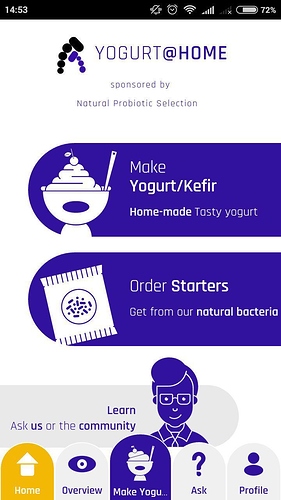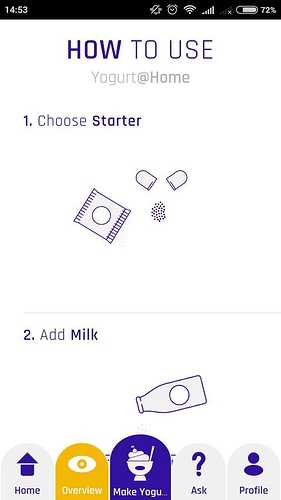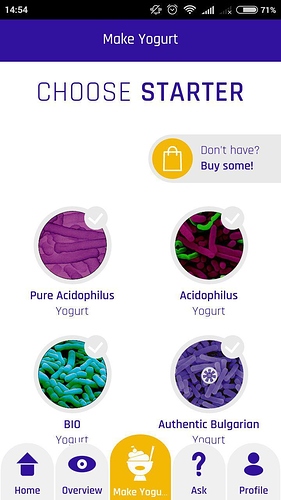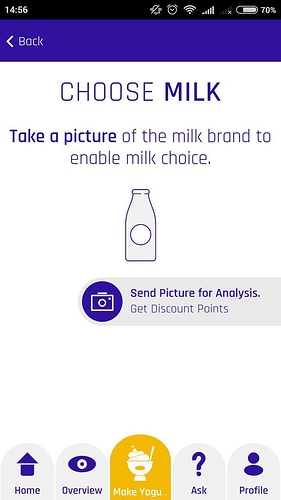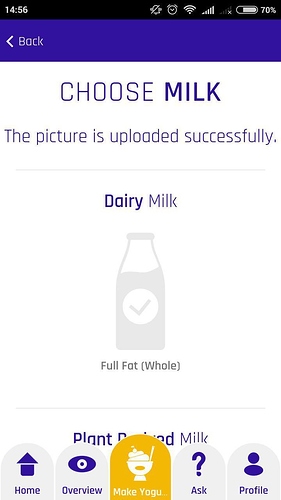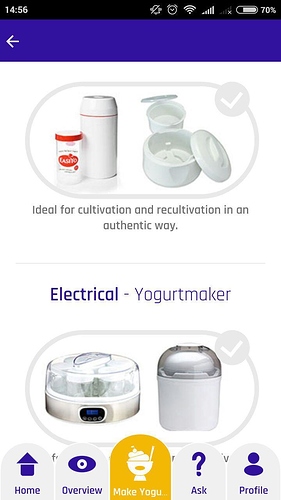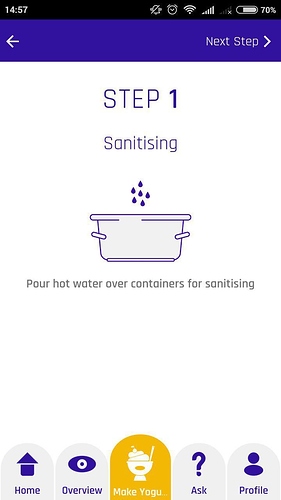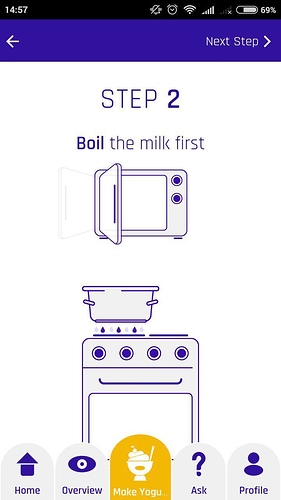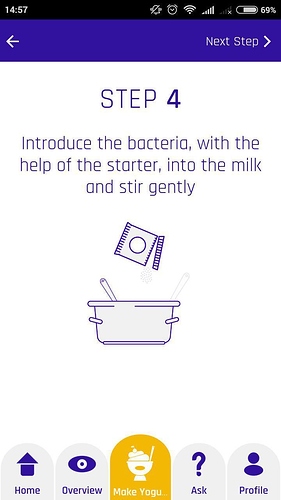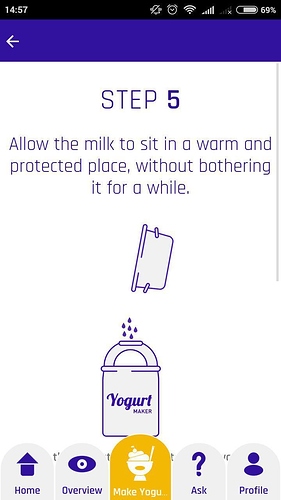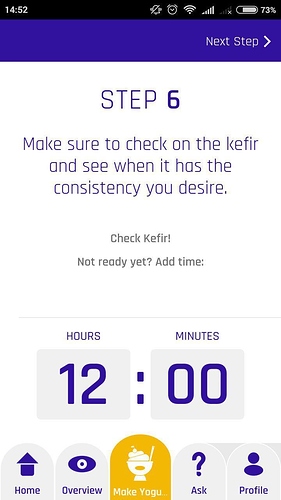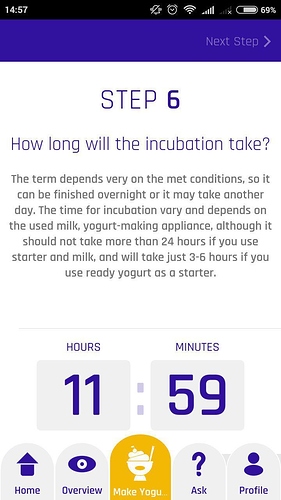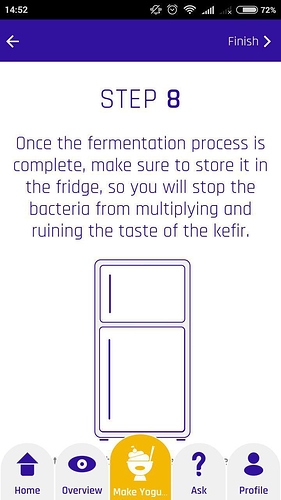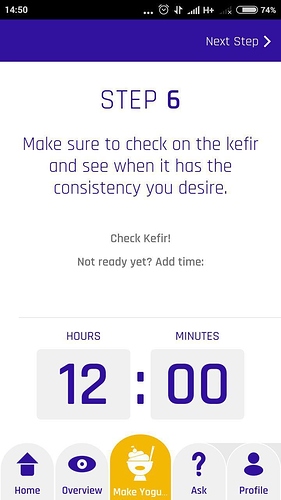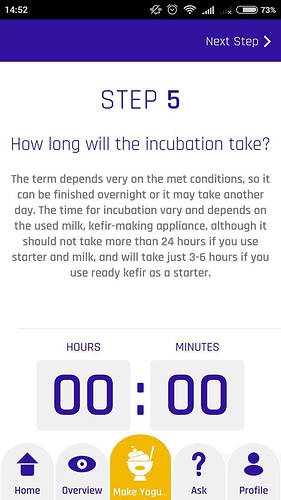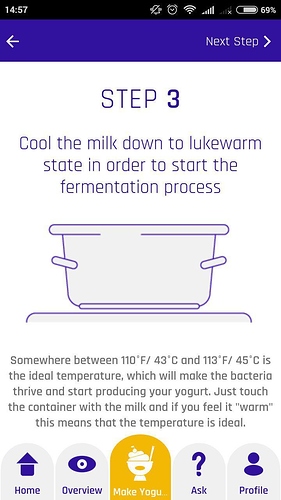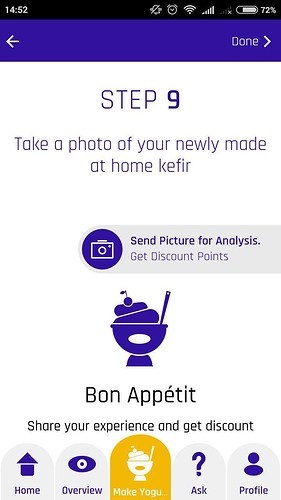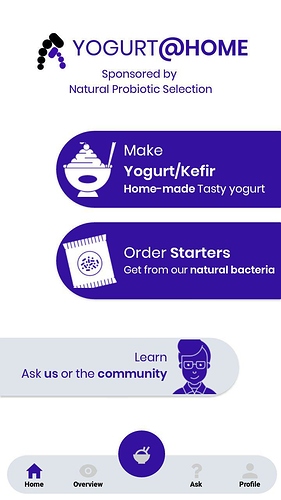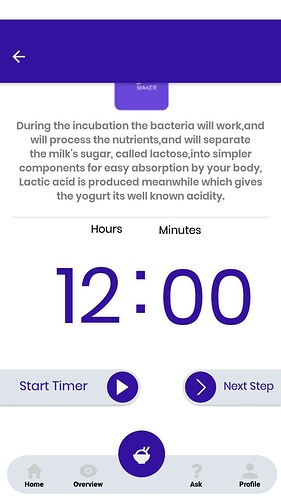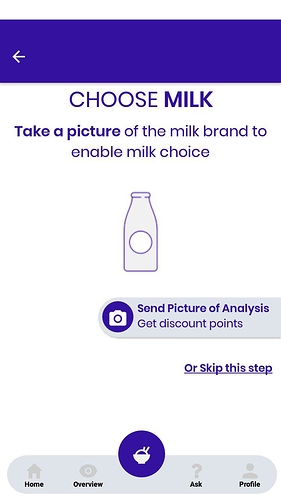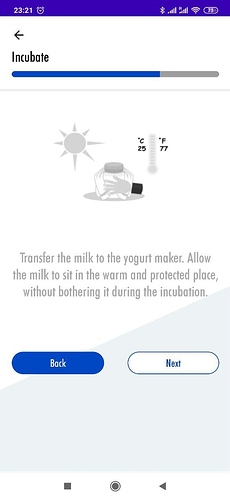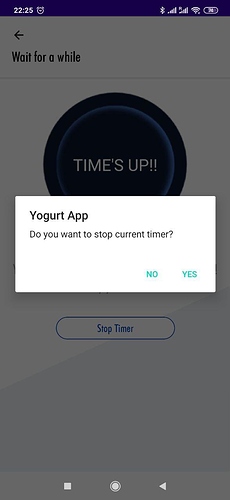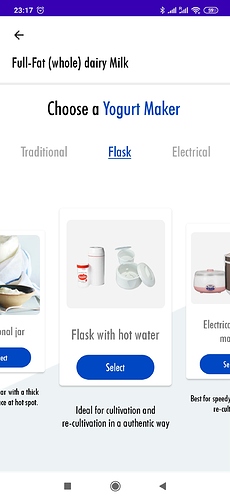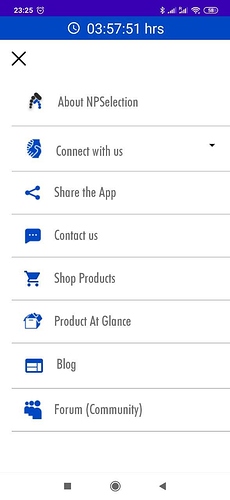DOWNLOAD NOW for Free here: YOGURTAPP
In this tutorial you are going to find out everything about our new Yogurt App and how to use it, plus find out more about the challenges we overcome, as well problems that may need a solution in the future.
Our company, called Natural Probiotic Selection, sells freeze-dried yogurt starters for easy use at home.
One of the main challenges in making yogurt to actually realise what yogurt starter is and learn how to control the variations present in the environment of your home. The freeze-dried Yogurt and Kefir starters are blend of Lactobacteria (which can be translated as ‘’milk loving bacteria’’ from Latin). When we say ‘’milk’’, we make reference to dairy milk only and, according to the English Oxford Dictionary, the milk is: An opaque white fluid, rich in fat and protein, secreted by female mammals for the nourishment of their young.
The juice (from coconut as an example) is described as ‘’The white juice of certain plants’’ or other water-based drinks (almond milk, rice milk, soy milk), although the using the word “milk” is out of pure descriptive purposes (because the drinks resemble dairy milk), but they do not present any of the properties of the dairy milk (one exception of the rule being soy milk).
Lactobacteria can feed on dairy milk as the dairy milk satisfies the bacteria’s requirements for food. The increased temperature stimulates the multiplying of bacteria and they rapidly increase their numbers and start consuming more and more milk (or lactose, more precisely), which triggers the fermentation process. During this process, the lactose breaks into simple sugars, while solids get thicker due to the released acid. The juices mentioned earlier cannot supply the bacteria with the needed lactose or environment for them to grow, which means that particular conditions have to be met in order for them to thicken. Although fermentation can happen, the properties of the juice milk cannot solidify the texture of the juice as the acids created cannot solidify their water content. This can be achieved only by a medium containing fats. Thus, the juices do not contain enough fat, so natural fermentation cannot occur. The only way is to use thickeners that can do this due to their chemical properties. It is possible for low lactose dairy milk to also trigger fermentation, however, as they are filtered, some of the components are removed and in the end a slim yogurt results.
We decided to make the Yogurt app due to the fact that the making of yogurt is a multistep process and some of its steps need to be adapted to the today’s world. On the other hand, the existence of some personal preferences created a really challenging situation, as many people wish to freely experiment with fruit juices, water, different kinds of milk (such as strawberry milk, which contains all kinds of flavours and additives) which can actually kill the bacteria before they have any chance to trigger fermentation.
Although the process is very simple and well established through millennia in which yogurt has been made, the challenge in the today’s world being to stick to the exact components that were used for so long, which can be quite difficult when you have access to thousands of milk brands and variations in colour, flavour, fat content, lactose content, package, organic or not, type, animal, and many more. We need to admit that the people in the past, who made yogurt in a traditional manner, had just one kind of milk available (the whole one) and just four animals that supplied the milk - cow, buffalos, sheep, and goat. They didn’t have any yogurt makers, they did not use strong bactericide liquids, which are common in any household nowadays, and they had a lot of time to dedicate to this process as making yogurt was part of their life. They wanted to preserve the surplus of milk, so it was not a hobby that they chose doing it their free time and, a very important aspect, they made just the one type of yogurt that was common to the area where they lived.
Our goal, when the created the app, was to structure the process and provide sufficient advice so that you can make yogurt really easy by repeating the steps until you manage to get used to them. Also, we wanted to help you limit the variations, ideally to one possible variation, related to the natural fermentation. We avoided expanding to another domain, as the cooking (which is adding ingredients to the milk, for modulating the taste and make it similar to yogurt) as this is not related to the natural fermentation and is practically a mere cooking process. It is the same in the case of adding colours, flavourings, and spirit to water in order to make wine.
When we created the app we also knew that some people may want to use it for impossible operations, so we limited some of its functionality as well.
What the app aims to do is to lead you through the whole authentic process of natural milk fermentation using nowadays appliances, presenting it step-by-step, so you can make plain yogurt, kefir, and yogurt with whole dairy milk. Due to the exception of the soy milk, which delivers similar results as dairy milk, and the increased interest in using plant-derived milk, made us create a different section for this particular case as well, so you can try it.
Below we will explain how the app works:
Once the app is loaded on your mobile device, you can choose to log in, which will allow the device to remember the steps you made.
Pressing “Overview” will help you see what to expect from the app in short and simple points;
Pressing the “Home” button will get you to the starting point where you can choose what you want to do next;
You can choose to prepare Yogurt or Kefir (simple) or order starters, which will automatically lead you to our website and send a notification that you can get more info about the products, yogurt, and other available tools.
Simply choose the product you intend to use or the type of starter, which can be freeze-dried or already made yogurt or kefir (scroll to the bottom to see all the options).
Take a picture of the milk you want to use (this is the most underrated function). However, it is important for us to see the milk brand you want to use or already have used, so we can contact you in case the milk brand is low on lactose, it is strawberry milk, and other similar milk, because you risk not succeeding in making yogurt or kefir. Or we can send you specific tutorial for the milk brand you wish to use to the e-mail address you registered. The image cannot be uploaded from the gallery to avoid unintentional upload of the images. You need to make the picture here and now and send it right away. If you plan on making yogurt later or tomorrow and there are chances that you’ll use other milk or a different configuration, the picture need to be freshly made in order to succeed (have in mind that no gallery upload is possible). And then the image will unlock the next section and there might not be the need for us to contact you if the milk is fine.
Here you can choose the milk (dairy or plant-derived); Soy is plant-derived but delivers similar results as dairy milk. The rest of the plant milks will deliver curds and whey, which is exactly as it is supposed to be when we rely on natural fermentation with juice extracted milks (apart from the soy).
In the next step you need to choose the yogurt maker. Simply choose the one that suits you best.
Then the steps of the actual yogurt/kefir making will start unrolling…Please perform them accordingly, even if they may appear weird, as you will get used to the process and will be able to repeat it with no app. A timer is also added to the process, for easy tracking of time when working with non-electric makers or decide to follow the traditional method.
At the end, the specific time will be displayed. As the incubation time of the bacteria varies and depends on so many factors, we decided that is impossible to calculate and create an algorithm for this part, having no access to the laboratory in your home  or the milk you used, so we slightly reduced the times to avoid over-incubation. But we added another timer which is more accurate as it can predict the time easily, taking into consideration the second phase of bacterial growth, which is always the same (if all other conditions are met).
or the milk you used, so we slightly reduced the times to avoid over-incubation. But we added another timer which is more accurate as it can predict the time easily, taking into consideration the second phase of bacterial growth, which is always the same (if all other conditions are met).
Step 7 is optional one and will apply for some varieties when need to prepare.
It may seem funny for some people, but we miss synchronising step 7 with all the varieties, so some will finish with step 8, which is the refrigeration step.
Step 9 is optional as well, but it gives you the opportunity to enjoy a perfect homemade yogurt or kefir. It also gives us info about how we could improve the app in the future.
And, of course, apart from the steps presented by the app, you can access additional opportunities. You can choose to contact us or create a profile to unlocking discounts. To see the “Frequently asked questions” section, to write an e-mail and ask something important, to reach the community forum or just to check our website for tutorials and more info, don’t hesitate to tune in and access our site.
We know that there may be the need to improve some of the elements of the app and we are well aware that it is not perfect just yet, but if there is anything better and free you can always try it on the Apple and Google store.
All opinions and discussion will be heard, we promise you that. So, please go to forum.yogurtathome and create a topic you may consider useful and we will be there to answer it.
For starter cultures, tutorials info, and video explainers will be available on www. yogurtathome.com.
